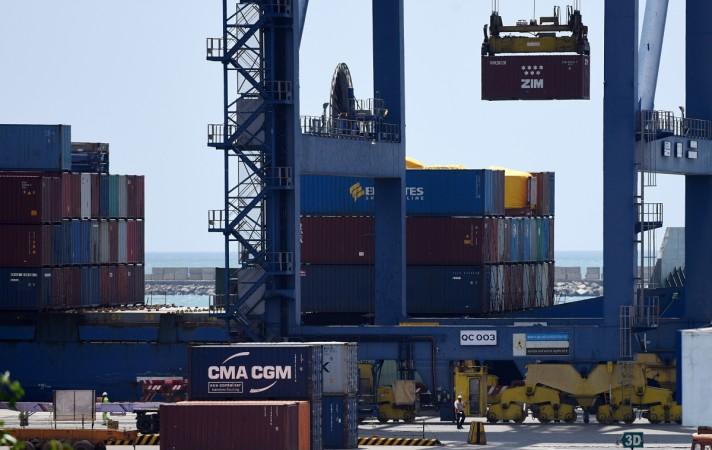
As the United States under President Donald Trump extends its trade war fangs, India may soon have to reconsider its export promotion subsidies. The US on Wednesday dragged India into the World Trade Organization (WTO) over export subsidies to various sectors.
US Trade Representative (USTR) Robert Lighthizer said India gives exemptions from certain duties, taxes, and fees, benefiting numerous Indian exporters, including producers of steel products, pharmaceuticals, chemicals, information technology products, textiles and apparel. These distort competition and hurt American workers and manufacturers, he said.
"These export subsidy programs harm American workers by creating an uneven playing field on which they must compete," Lighthizer said in a media statement on the USTR website. "USTR will continue to hold our trading partners accountable by vigorously enforcing U.S. rights under our trade agreements and by promoting fair and reciprocal trade through all available tools, including the WTO," Lighthizer added.
The US Trade Representative also listed out a number of sectors where it says India is giving subsidies. These are:
Merchandise Exports from India Scheme
Export Oriented Units Scheme and sector specific schemes including Electronics Hardware Technology Parks Scheme;
Special Economic Zones;
Export Promotion Capital Goods Scheme;
Duty free imports for exporters program.
USTR alleges that India hasn't withdrawn subsidies even in sectors where its exemptions under WTO rules have expired. It alleges that India has increased the size and scope of these programs. "For example, India introduced the Merchandise Exports from India Scheme in 2015, which has rapidly expanded to include more than 8,000 eligible products, nearly double the number of products covered at its inception."
What are WTO rules?
India is due for a revision of its export subsidy programs under WTO rules. Under the world trade body's guidelines, the least developed and developing nations have the option to boost their exports under certain provisions. In India's case, the country is approaching the cut-off thresholds set by the WTO for various sectors.
The apparel export is one such sector. The WTO stipulates that a country can give export subsidies to a sector whose share of total exports from the country is not above 3.25 percent, as long as its GNI per capita is less than $1,000 as per 1990 exchange rates. If exports from a specific sector breaches the 3.25 percent threshold in two straight years, the subsidy for that sector should be removed in the ensuing eight years. In the textile sector, exports crossed this limit in 2010, meaning that India should phase out the subsidies by the end of 2018. As the WTO guidelines are set clearly, India may not get more time to phase out subsidies in many key sectors. India's trade policy officials had, however, brushed aside concerns that India will soon have to roll back subsidies.
However, the US has alleged that India has ramped up its subsidy program in recent years. "In fact, India has increased the size and scope of these programs. For example, India introduced the Merchandise Exports from India Scheme in 2015, which has rapidly expanded to include more than 8,000 eligible products, nearly double the number of products covered at its inception."









